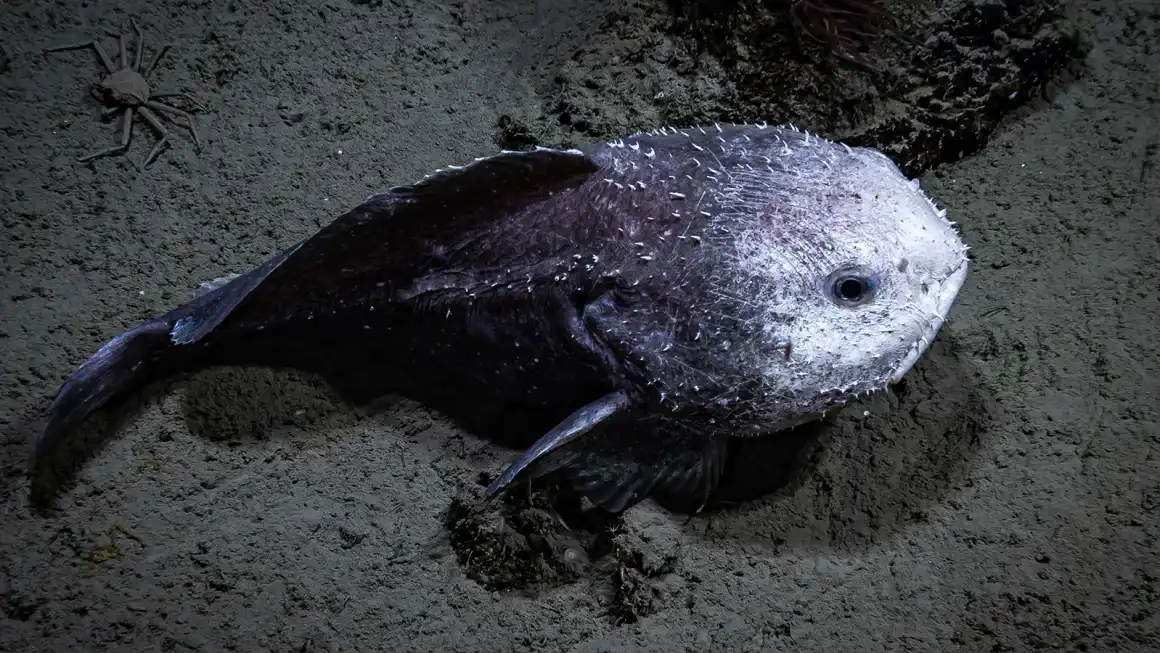This article covers SpaceX’s new launch clearance for Starship following two dramatic test failures, details of regulatory changes, risk management, technical milestones, and what’s at stake for future missions. It addresses FAA safety demands, impacts on travel and public safety, Starship’s development philosophy, and NASA’s deep space plans tied to Starship’s success.
FAA Grants SpaceX a Fresh Launch License Amid Ongoing Probe
Federal regulators have cleared SpaceX to proceed with another Starship test flight after a series of highly publicized explosions earlier this year. The Federal Aviation Administration issued an updated license on May 15, enabling SpaceX to conduct its ninth Starship launch from South Texas. This approval came even as the investigation into the most recent failure, which scattered debris near the Bahamas, remains open.
The FAA said its decision followed a review confirming that SpaceX met all safety, environmental, and licensing requirements. The green light represents the final regulatory hurdle for SpaceX to expand from five to 25 annual Starship launches at Boca Chica, Texas—a leap forward in the company’s push for rapid development and frequent flights.
Hazard Zones Widen as FAA Reacts to Prior Mishaps
After debris from previous Starship flights landed on islands in the Caribbean and Atlantic, the FAA mandated significant changes for Flight 9. The agency will expand the Starship hazard area from 1,018 to 1,841 miles to better protect aircraft and maritime traffic. Up to 175 flights may be affected, with potential delays averaging 40 minutes each. To reduce disruption, the launch window will avoid peak transit periods, although SpaceX has not announced a target date for the mission.
Increased oversight now requires SpaceX to update its flight safety analysis for each test, calculating new hazard areas and mapping debris response zones. The FAA continues to coordinate with authorities in the Bahamas, Turks and Caicos, the UK, Cuba, and Mexico. So far, there have been no reported injuries, but the FAA confirmed at least one property damage incident when a Starship fragment struck a car in South Caicos earlier this year.

Super Heavy Reusability and the Next Test Milestone
SpaceX is set to attempt a key goal during Flight 9: the reuse of its Super Heavy booster, a massive 232-foot-tall cylinder equipped with 33 engines. The company has already recovered three Super Heavy boosters, aiming to dramatically reduce launch costs through refurbishment. For now, Starship prototypes have only reached suborbital altitudes, and further breakthroughs are needed before crewed missions can proceed—including the development of in-orbit refueling and life support systems.
SpaceX’s ‘Explode to Learn’ Approach
Unlike NASA’s conservative, ground-test-heavy approach, SpaceX uses “rapid iterative development.” This means launching frequent, relatively inexpensive prototypes—even if they fail—to speed up design improvements. Elon Musk and his team argue that learning from real-world failures accelerates progress and innovation. Each test, successful or not, produces data that feeds back into new designs and safety measures.
NASA’s Bet on Starship for Lunar and Mars Missions
Despite past mishaps and the controversy surrounding Musk’s leadership, Starship is crucial to NASA’s long-term goals. The agency has already committed up to $4 billion for two lunar landing missions. If the White House moves forward with plans to retire NASA’s own SLS rocket—criticized for its steep $2–4 billion per launch price tag—Starship could soon become NASA’s only option for reaching the Moon or Mars.
The agency is awaiting Senate confirmation for a new NASA chief who backs Musk’s vision, potentially cementing SpaceX’s role in future deep space exploration. Meanwhile, Starship’s price per test flight remains a fraction of legacy costs, typically $50–100 million, but major technical hurdles remain before regular, crewed interplanetary missions can begin.
What’s Next for SpaceX and Starship?
With FAA approval in hand, SpaceX prepares to test both its most ambitious reusability milestone yet and its ability to operate within stricter safety regimes. The coming Flight 9 launch will not only demonstrate technical progress but also test the evolving partnership between private spaceflight and government oversight.
Whether Starship can overcome its fiery setbacks and deliver on its promise of affordable, frequent access to space will depend on both engineering breakthroughs and continued regulatory cooperation. For now, all eyes are on Boca Chica as SpaceX gears up for the next chapter in the Starship saga.





